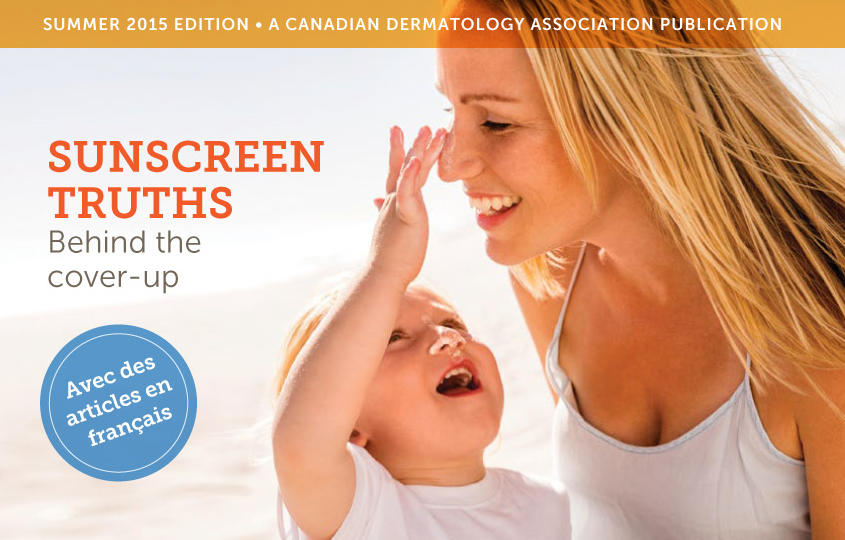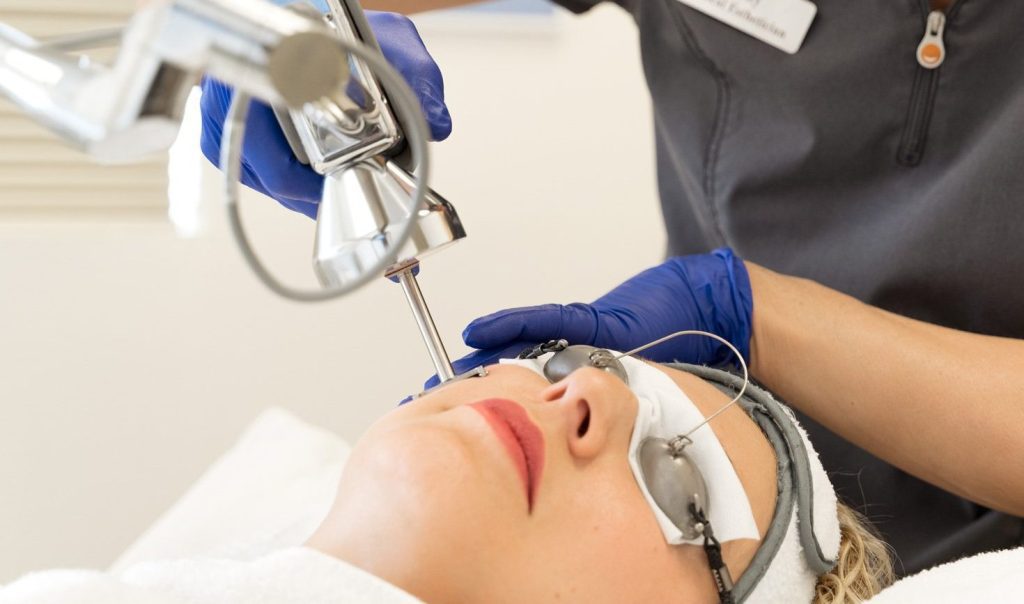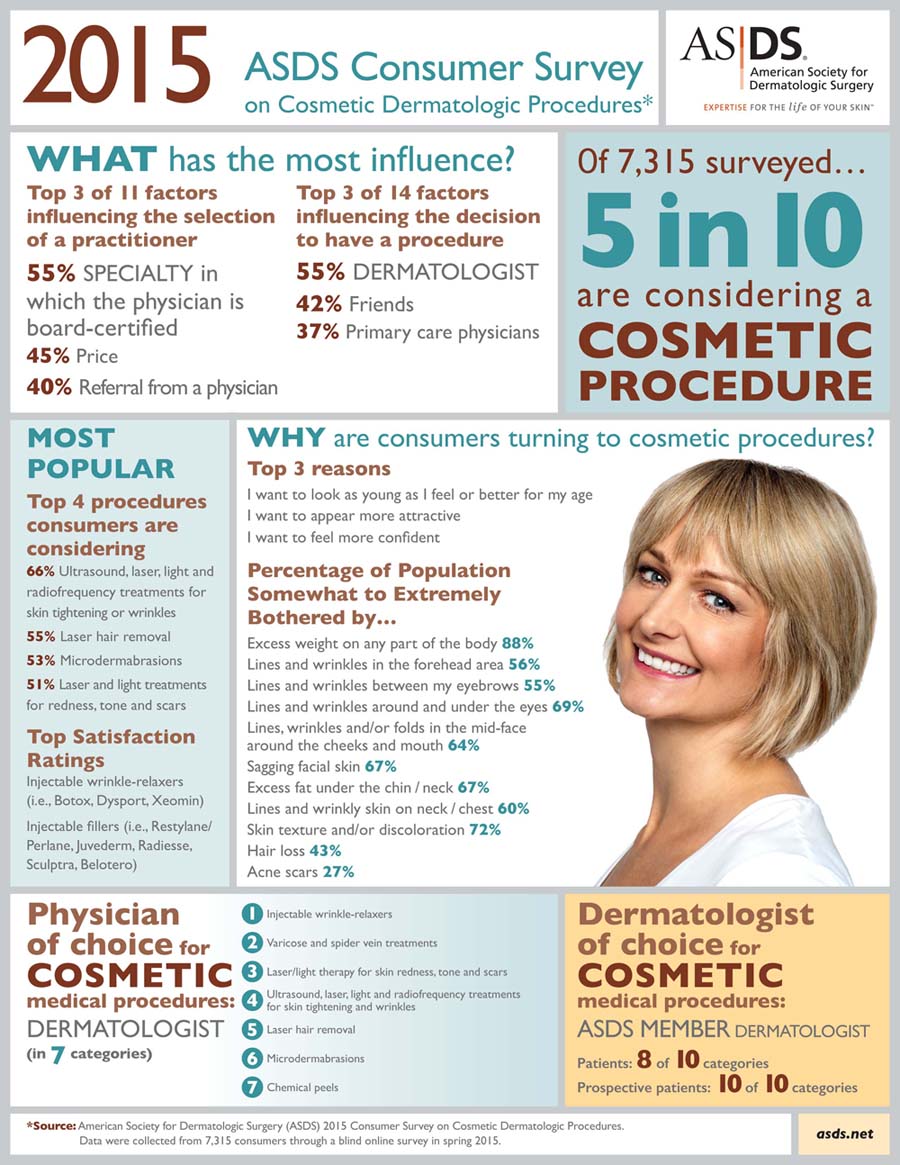Melasma, one of the most stubborn skin condition commonly seen by dermatologists and skin experts today. This type of hyperpigmentation appears in dense patches, often in a symmetrical pattern that is usually seen on the cheeks, forehead, upper lip and chin, and occasionally on other sun-exposed areas, such as the arms and chest. Melasma is more common in women with darker skin, but may also affect lighter skins as well.
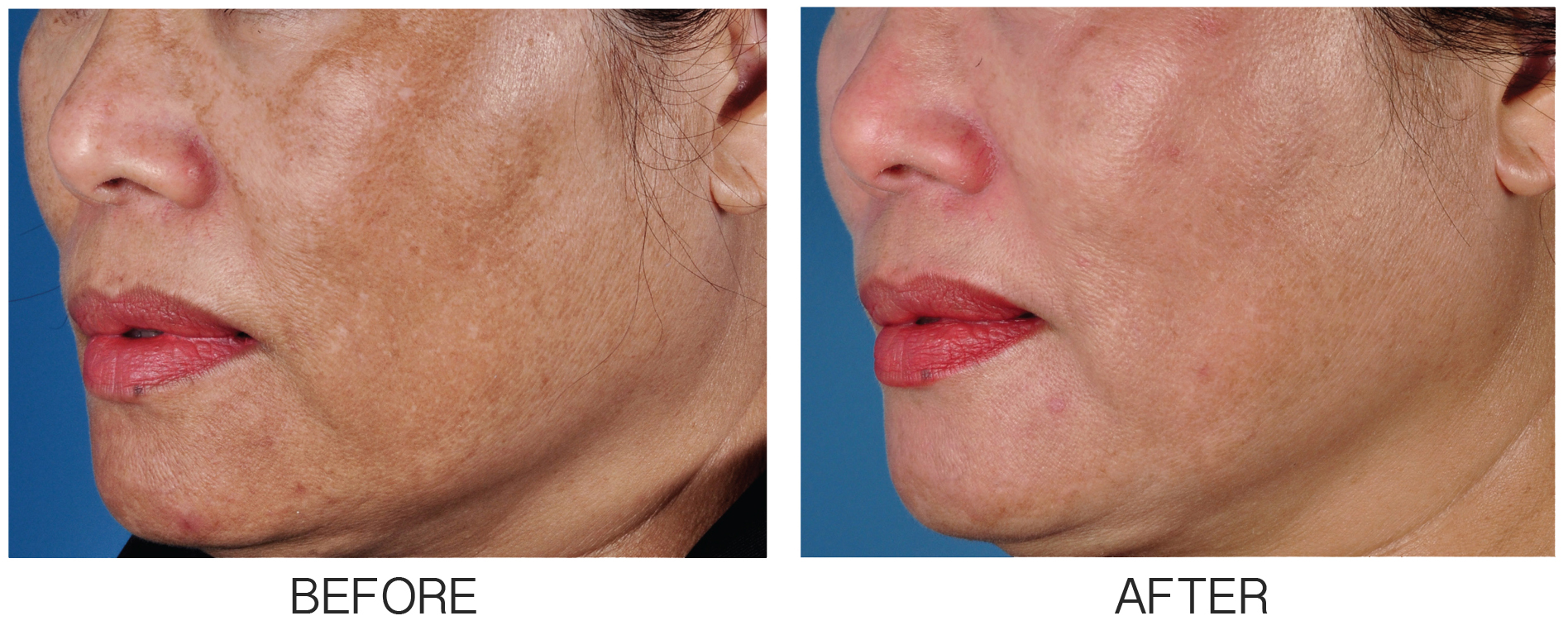
The cause of melasma is still not fully understood, but many different factors have been implicated in this skin condition. Genetic factors can play a role in the formation of melasma within certain ethnicities, Asian and Hispanic being more prone to the condition. In addition to genetics, hormonal activity seems to be the most suggested reasoning for the occurrence of melasma. Pregnancy, contraceptives, hormone replacement therapy or hormone treatments can all be responsible for hormone fluctuation.
For some patients, cessation of hormone-altering medications and the normal rebalancing of hormones after pregnancy can cause melasma to fade on its own. This is known as transient melasma. For others, unfortunately, their melasma is known as persistent and can stay pronounced indefinitely. There have been many studies suggesting that the use of gentle, topical home care products and professionally applied treatments is the best way to treat melasma. Placing patients on a daily care regimen with products that include a variety of the following ingredients will help suppress the formation of excess melanin through multiple mechanisms of action, delivering faster, more beneficial treatment outcomes:
• Hydroquinone can be either synthetically produced or naturally found in certain foods.
• Arbutin, which is naturally found in blueberries, pears, bearberries and wheat
• Kojic acid, naturally found in soy and mushrooms
• Retinoids represent the family of vitamin A. They are synthetically produced and suppress the activity of tyrosinase, decrease the quantity of melanosomes and inhibit melanosome transfer into keratinocytes. Not only are retinoids melanogenesis inhibitors, they also boost cell turnover, which helps accelerate the lifting of hyperpigmented cells. Retinoic acid is an effective topical ingredient, but can be too stimulating for some. Retinol is an effective alternative that is much less irritating and converts into retinoic acid within the skin. A stabilized pure retinol at 0.5% can be beneficial, as pure retinol provides faster results than a retinol complex and, when blended with calming and soothing ingredients, induces minimal irritation.
• L-ascorbic acid (vitamin C) can be synthesized or naturally found in citrus fruits.
• Lactic acid is naturally found in milk and sugars.
• Azelaic acid can be found in many grains and castor beans.
• Phytic acid, naturally found in various grains and seeds
The use of antioxidants and calming and soothing agents can help in the treatment of melasma as they prevent inflammation in the skin and therefore reduce the incidence of excess melanin formation.
A broad-spectrum sunscreen with a minimum SPF of 30 is needed for patients experiencing melasma. The reactivity of skin prone to hyperpigmentation and melasma is exacerbated by UV-induced inflammation. Choosing a physical sunblock over a chemical sunblock also helps by repelling rays rather than absorbing and dispersing then. All sunscreens must be applied 30 minutes before sun exposure and reapplied every 2 hours, or after swimming or perspiring, for maximum protection.
Along with a gentle daily care regimen, adding professional treatments can provide a more beneficial outcome. Performing a series of gentle, superficial blended chemical peels containing a combination of lower percentage acids that also contain melanogenesis-fighting ingredients is an excellent way to accelerate the treatment of melasma. Low percentage blends of TCA and lactic acid help to gently remove dead surface cells without causing unwanted inflammation in the skin. This creates the perfect canvas for corrective products to penetrate deeper in the skin to treat the unwanted pigmentation. Modified Jessner’s solutions enhanced with melanogenesis inhibitors, such as kojic and citric acids, are also effective options for treating melasma. Cream-based retinoid treatments are effective when addressing melasma as well, since the inflammatory risk is so low.
Overtreatment of melasma is quite easy and will cause a worsening of the condition. Anything that causes heat or friction in the skin can stimulate an increased deposit of excess melanin at the site of trauma. This has been demonstrated in many studies assessing the use of intense pulsed light, laser, microdermabrasion and high percentage chemical peels to treat melasma.
Another mechanical treatment that has shown added benefits in melasma treatment is micro needling. Micro needling (Dermaroller) has grown exponentially in recent years. This treatment provides an effective physical method of enhancing transdermal delivery of topical ingredients for various skin conditions without causing heat on the skin. Microneedling can be performed with a roller, or pen, which is covered with multiple tiny needles. The needles range in length and can penetrate into the skin up to 2 mm. This not only stimulates collagen production, but also facilitates the penetration of corrective products through the epidermis. It creates minor trauma to the skin, creating less risk of complications, and is generally more cost-effective than comparable laser therapy treatments. However, this treatment method can still trigger an inflammatory response, leading to a worsening of the pigmentation if too much trauma is induced. Using a shorter needle gauge will limit the depth of penetration and decrease the risk of further pigment formation.
Although frustrating for both patients and the skin health professionals working to treat it, melasma can be successfully treated. It is important to note that patients prone to hyperpigmentation and melasma will always be susceptible to recurrence. It is wise to have these patients remain on a continuous regimen containing melanogenesis-suppressing ingredients. A combination of year-round daily care with several pigment-inhibiting ingredients, consistent broad-spectrum sun protection and regular, professionally applied, gentle chemical peels can provide immense improvement of this stubborn condition.
~ Sheri Roselle, Medical Esthetician at Toronto Dermatology Centre
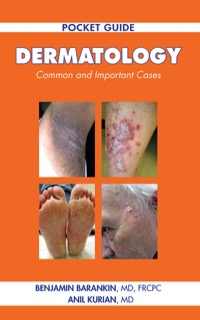
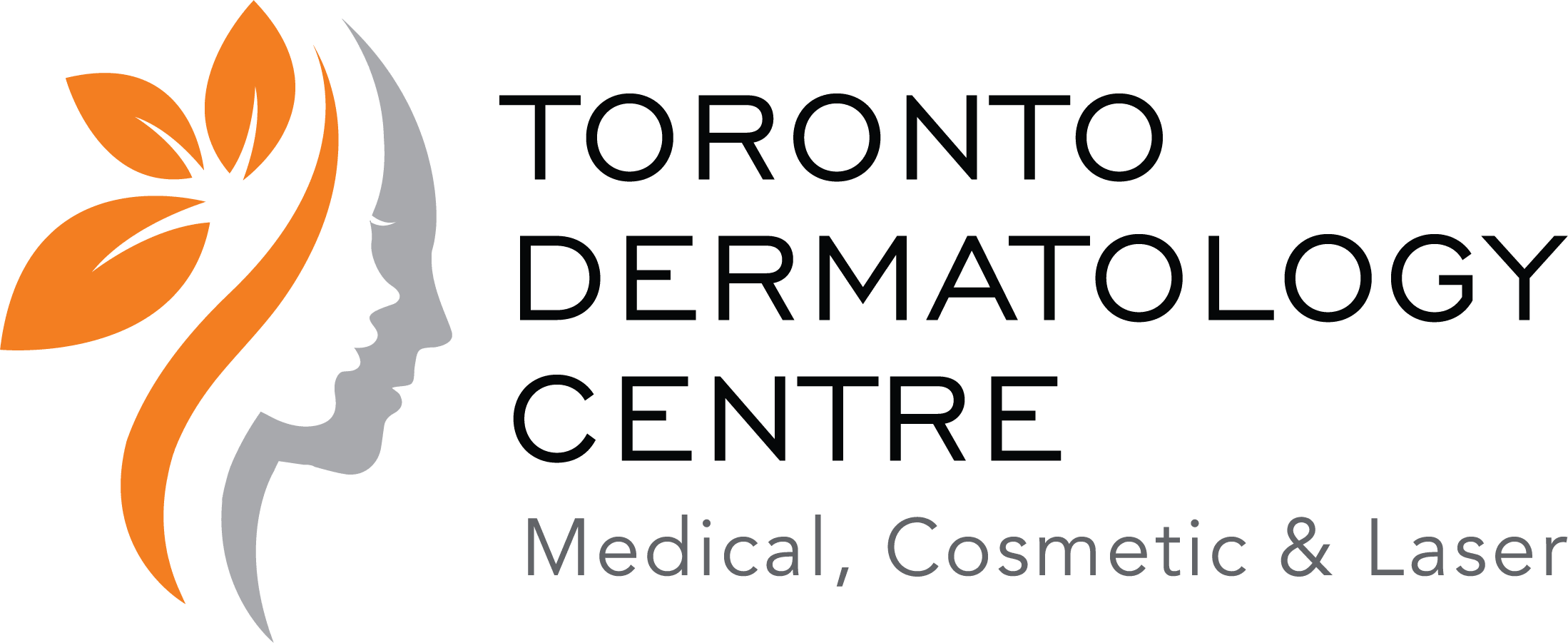

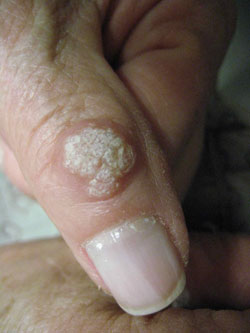 Did you know that the treatment of plantar warts (bottom of foot) and genital warts are covered by OHIP?
Did you know that the treatment of plantar warts (bottom of foot) and genital warts are covered by OHIP?